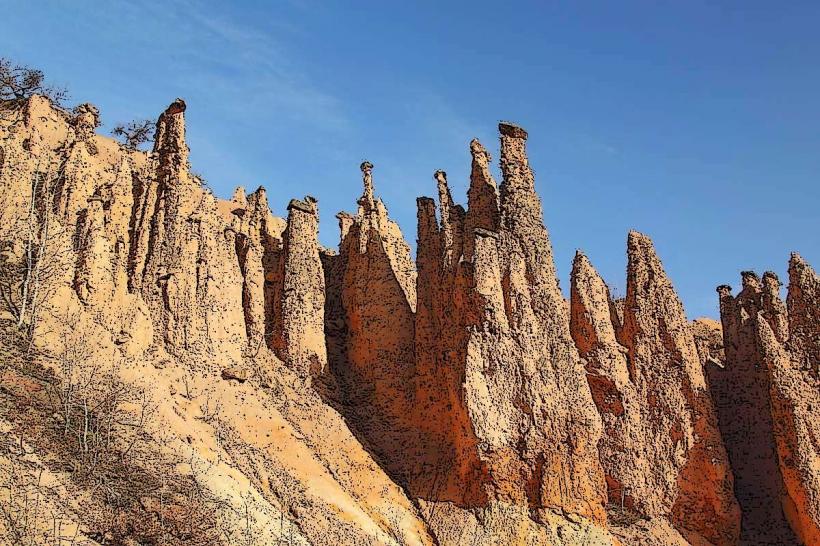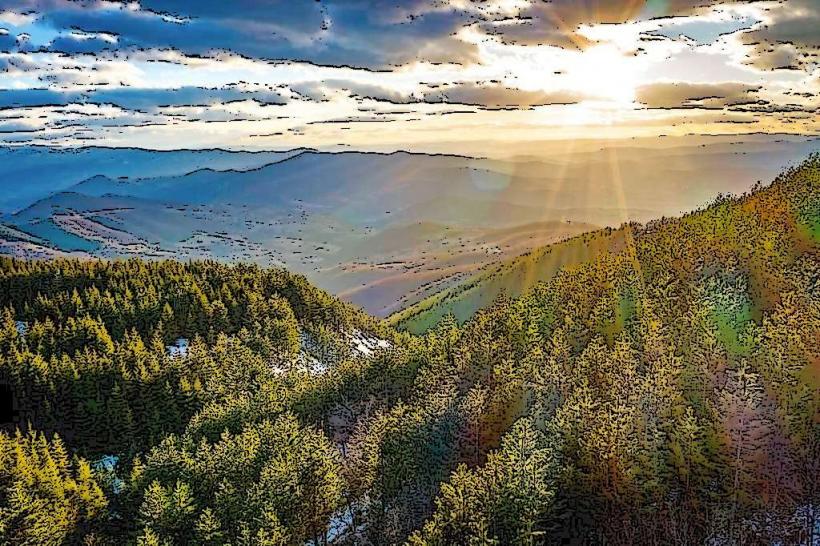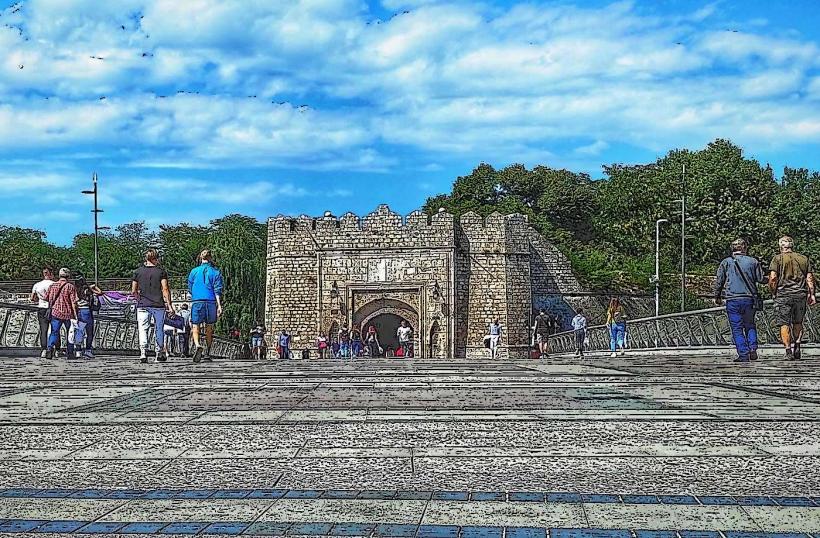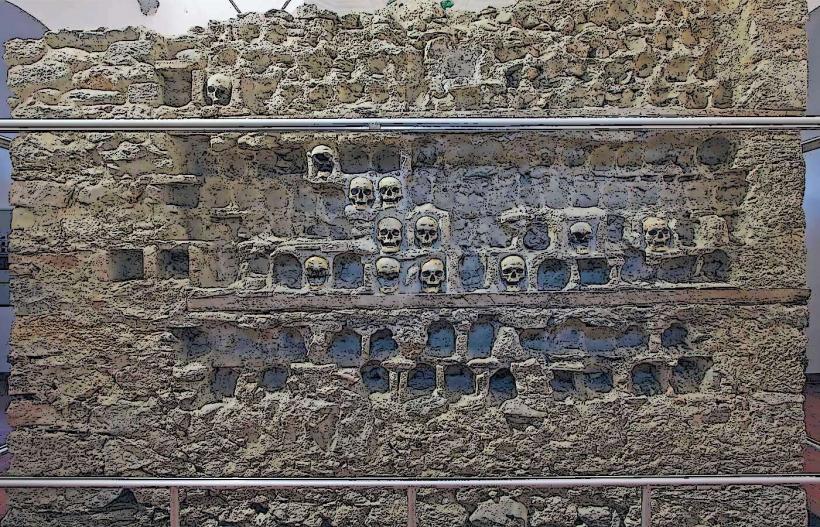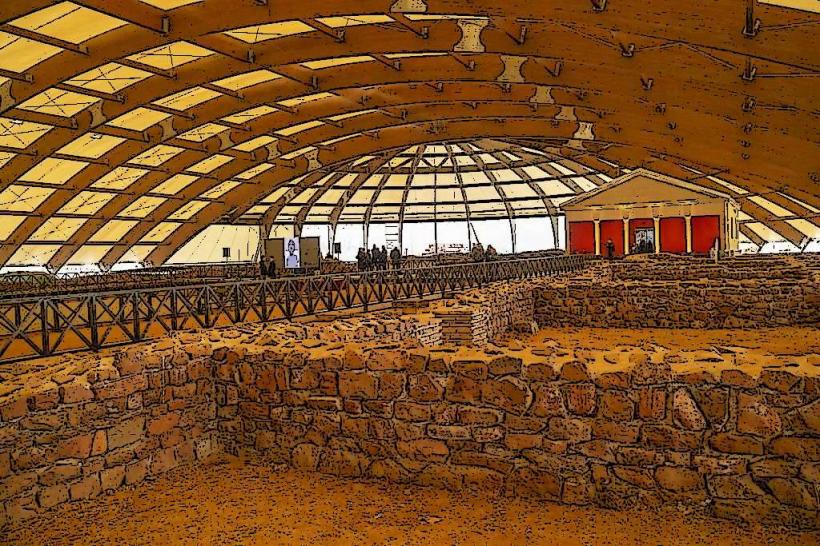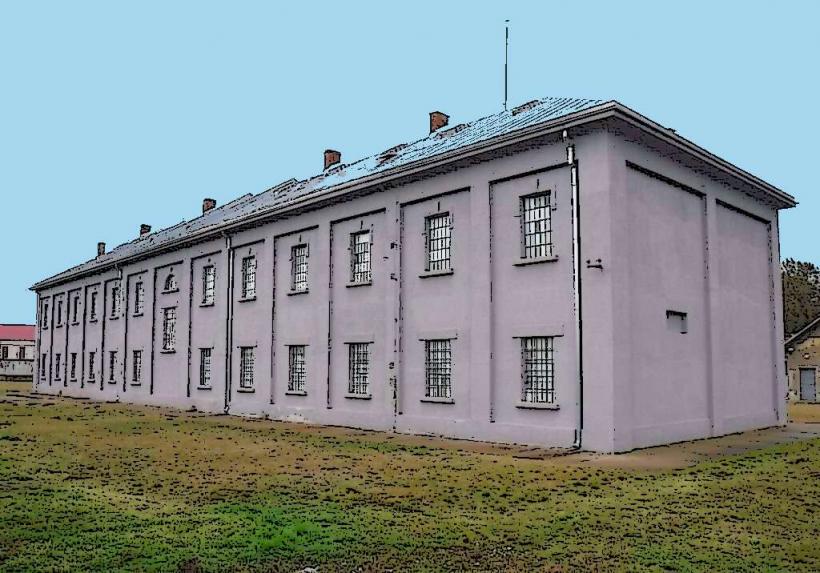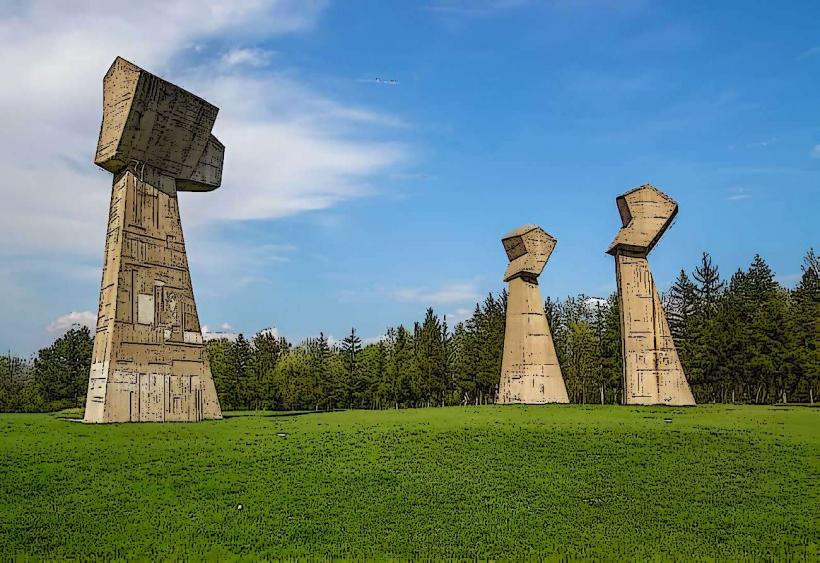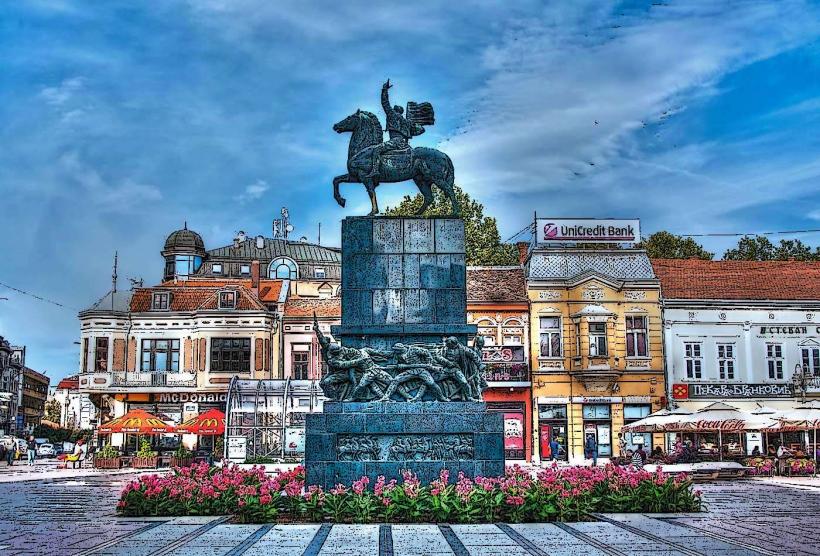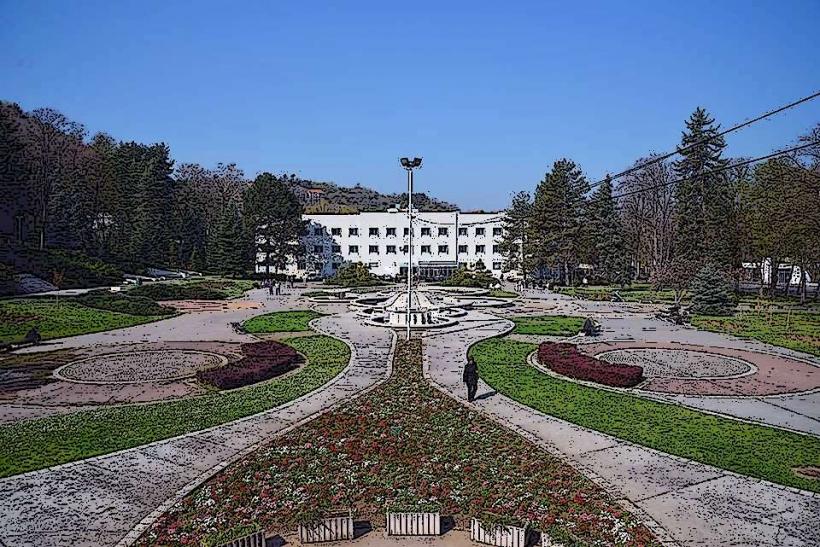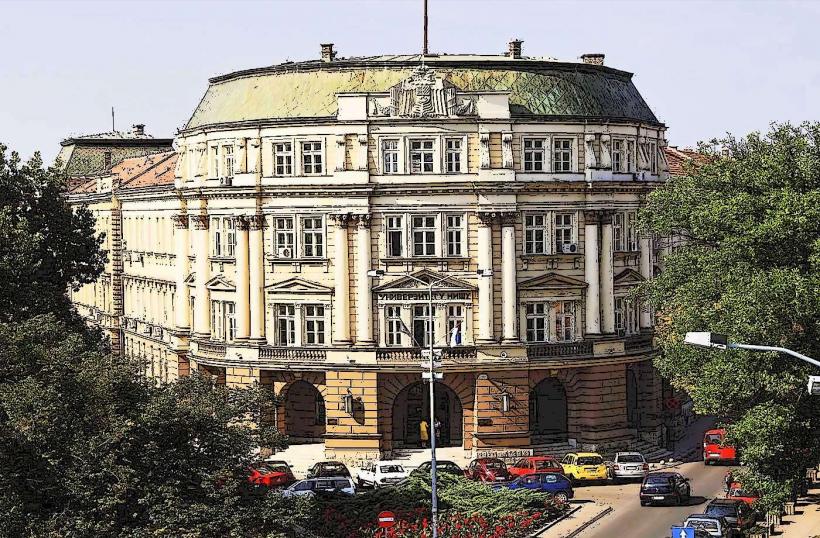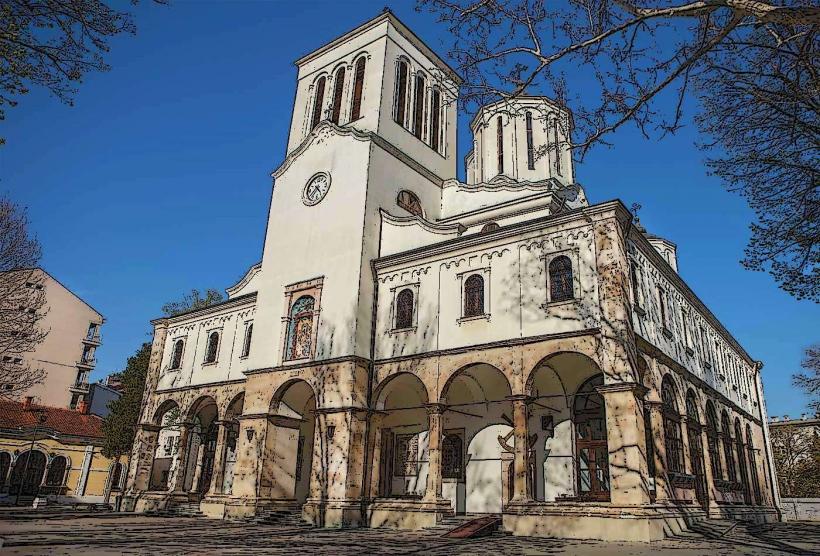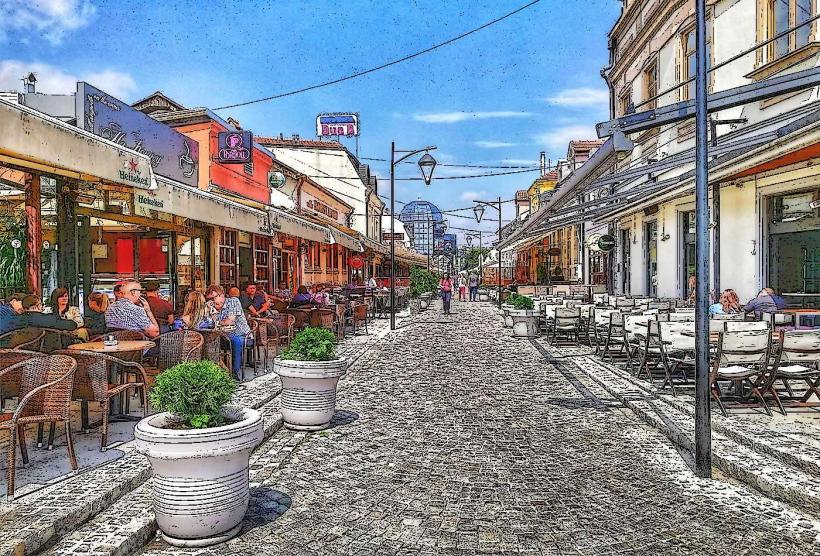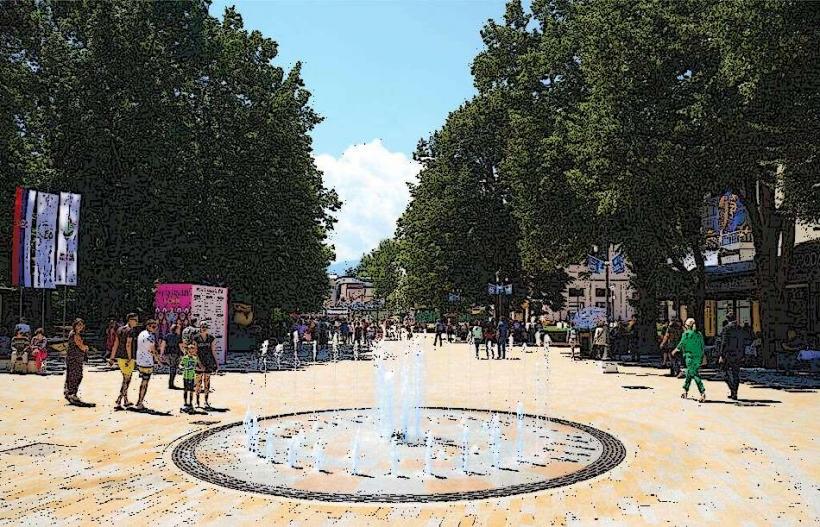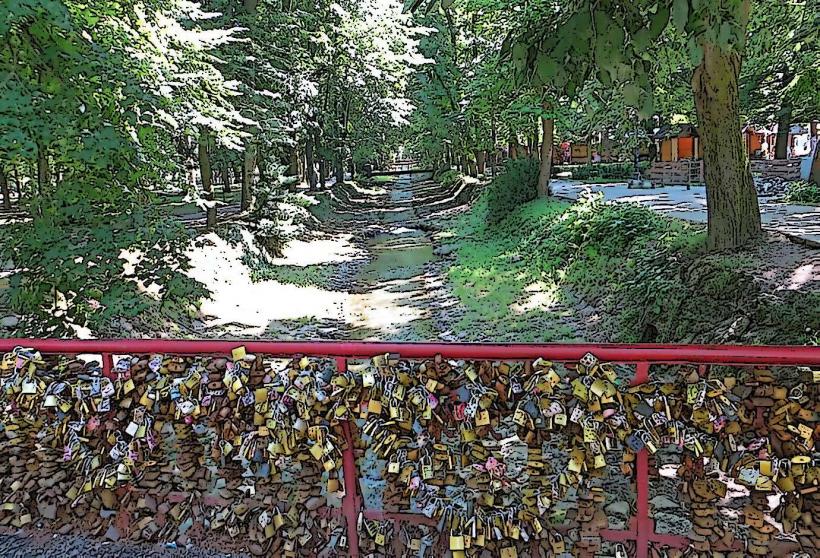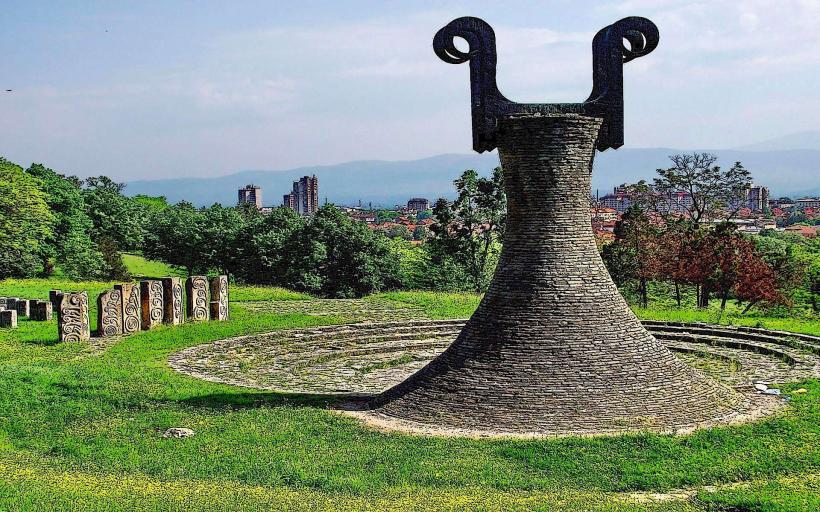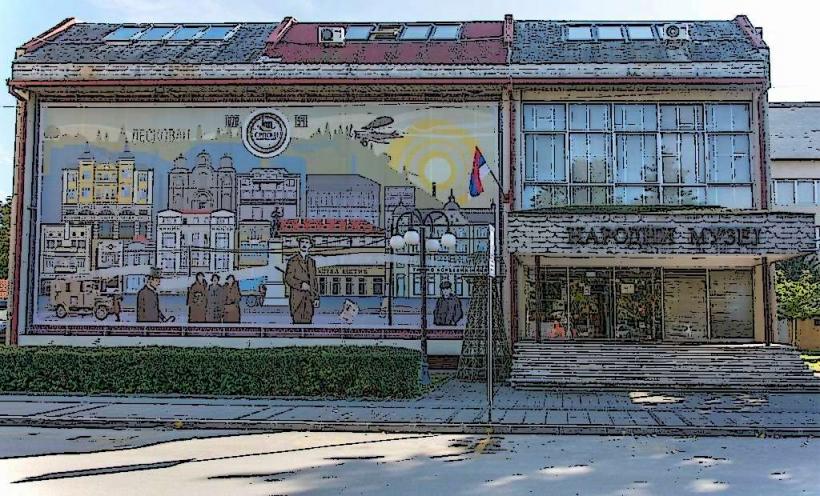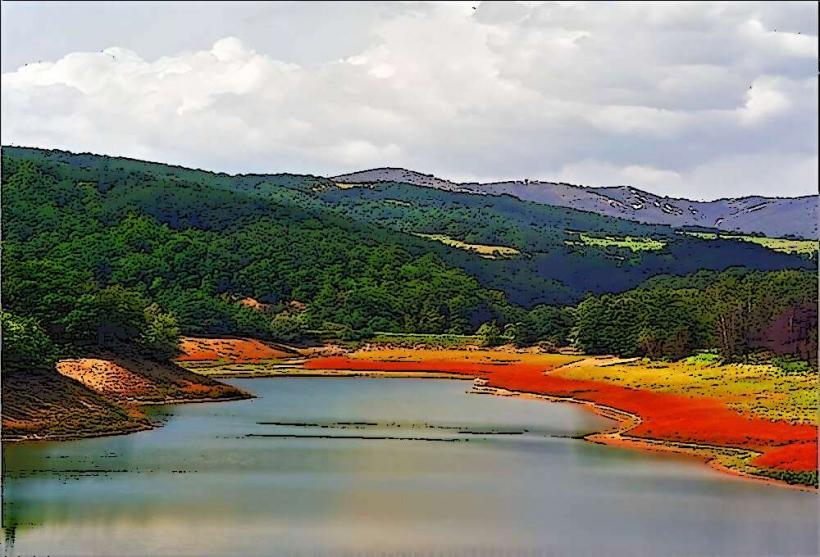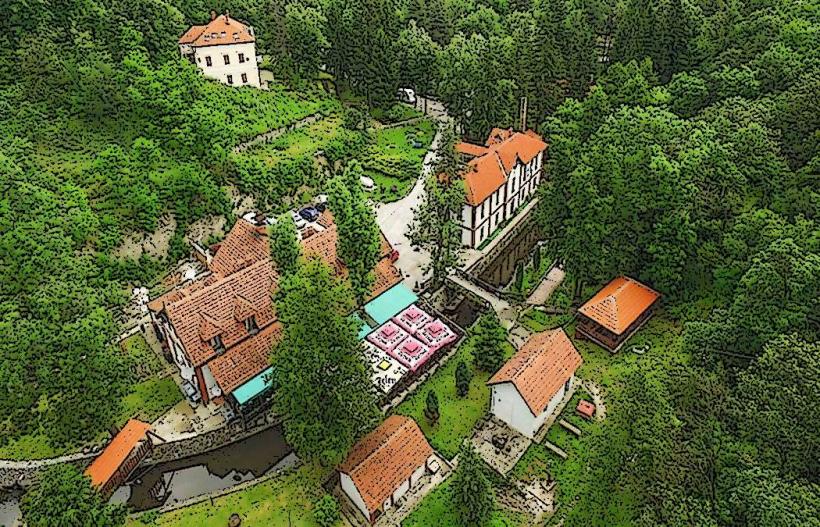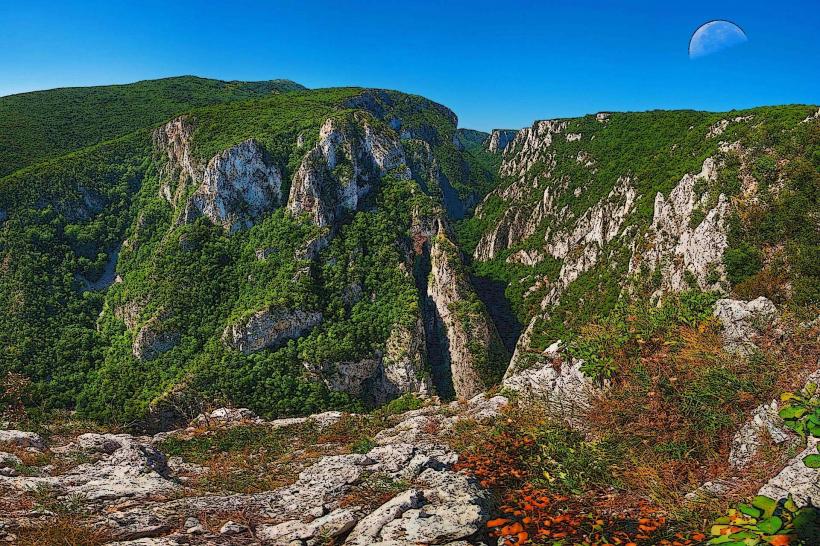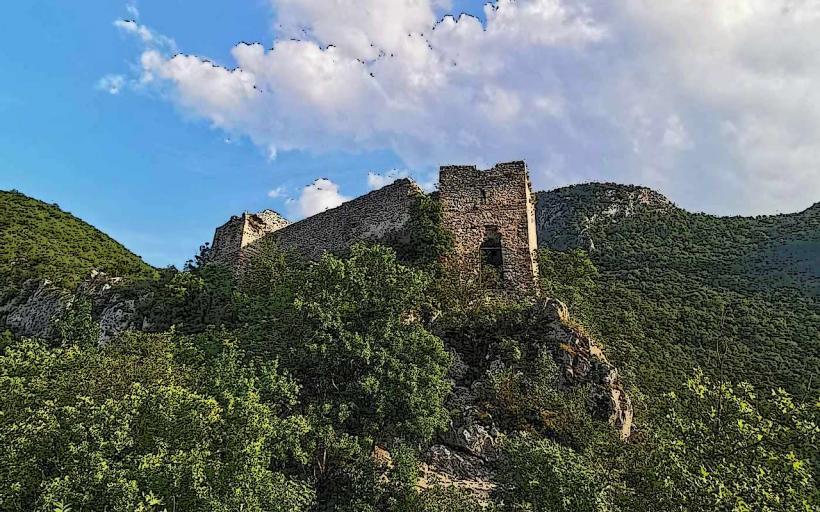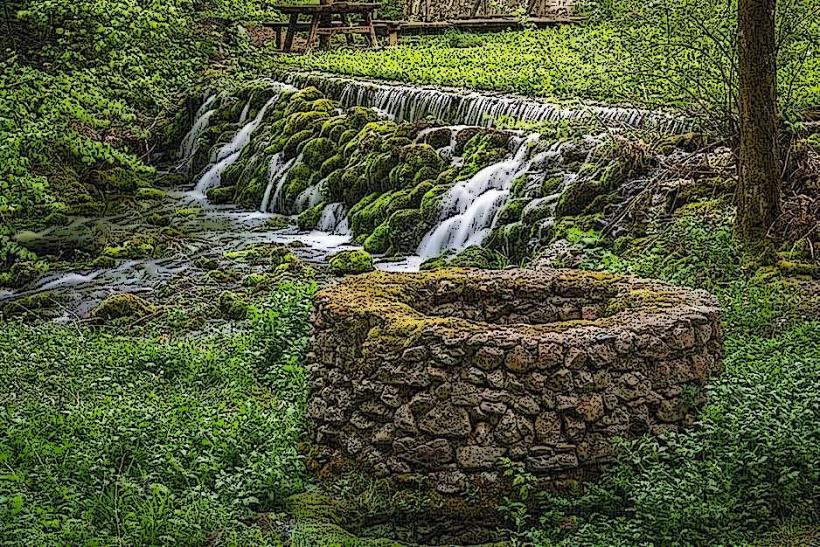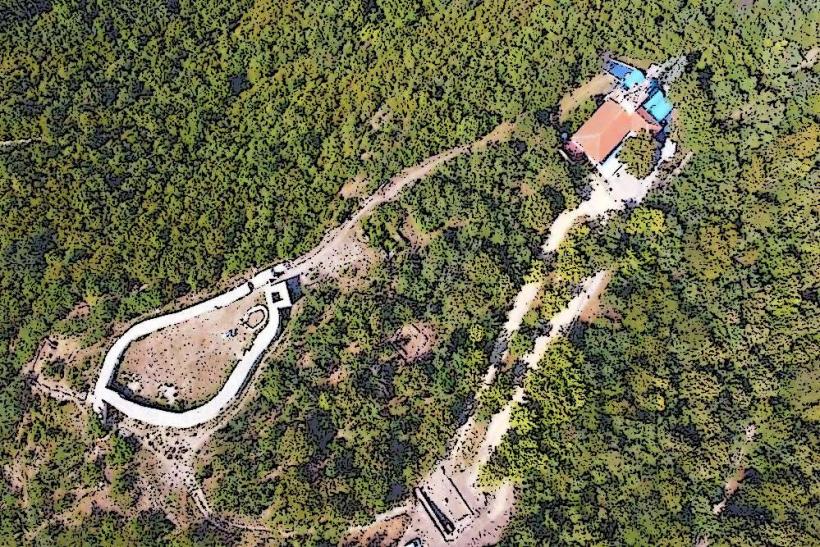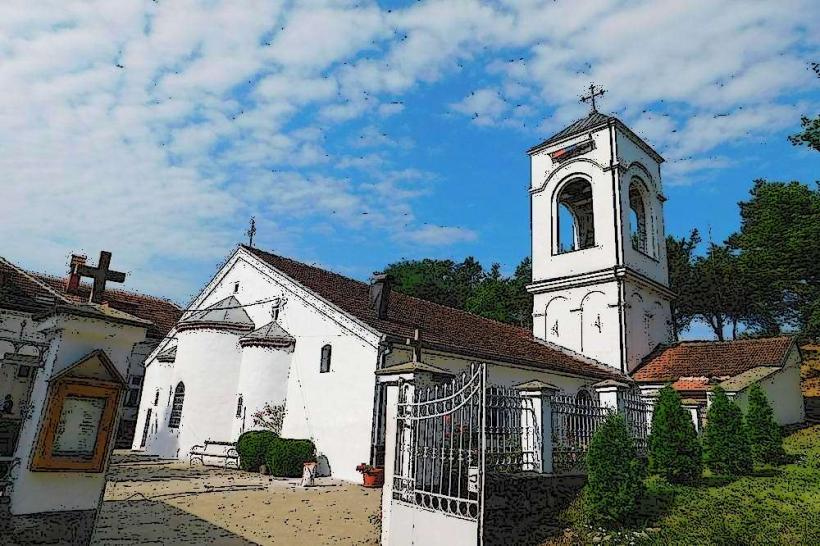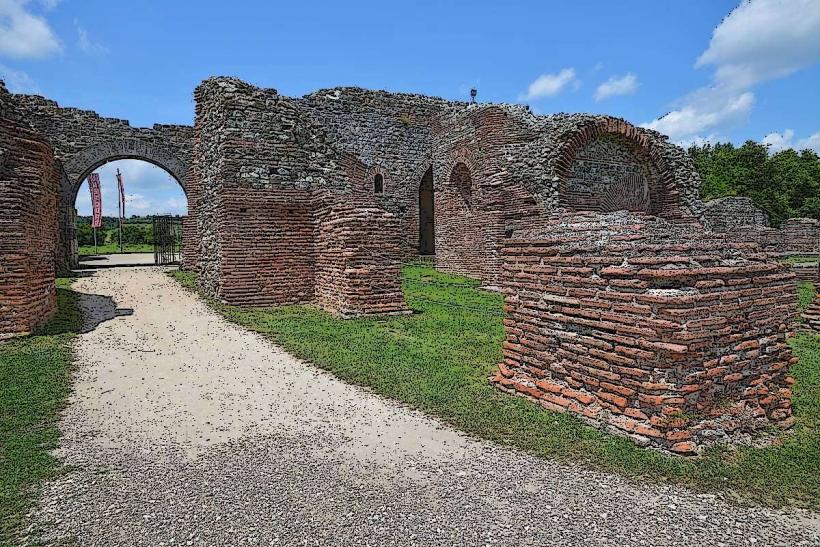Information
Landmark: Japanese Garden in Vrnjačka BanjaCity: Nis
Country: Serbia
Continent: Europe
The Japanese Garden in Vrnjačka Banja, Serbia, is a serene and beautifully landscaped space that offers visitors a unique blend of natural beauty and traditional Japanese design. Located near the Vrnjačka Promenade, the Japanese Garden is one of the most tranquil and picturesque spots in this popular spa town, attracting both locals and tourists seeking a peaceful retreat or a scenic place to relax.
History and Creation
The Japanese Garden in Vrnjačka Banja was created as part of a larger effort to enhance the town's appeal as a health and wellness destination. The garden was designed to reflect traditional Japanese landscaping principles, with an emphasis on harmony, tranquility, and the connection between nature and art.
The design of the garden was inspired by traditional Japanese Zen gardens and Karesansui (dry landscape gardens), which aim to create a calm, contemplative atmosphere through the careful arrangement of rocks, water features, plants, and pathways. The Japanese Garden in Vrnjačka Banja is a testament to the town’s commitment to combining natural beauty with wellness, providing visitors with a space that encourages relaxation and reflection.
Design and Features
The Japanese Garden is designed to evoke a sense of balance and serenity, using several key elements that are characteristic of traditional Japanese gardens. Some of its most notable features include:
Koi Pond:
- The garden features a peaceful koi pond that is home to colorful koi fish. The pond is one of the most striking elements of the garden, adding both beauty and movement to the space. Visitors can often be seen feeding the koi or simply observing them as they swim gracefully through the water.
Stone Pathways:
- The garden includes winding stone pathways, which guide visitors through the space and invite them to take a slow, reflective stroll. The paths are designed to encourage mindfulness, allowing visitors to connect with the beauty of the natural surroundings.
Traditional Japanese Elements:
- The design incorporates classic Japanese landscaping features, such as decorative stone lanterns, pagodas, and small bridges that cross over the koi pond. These elements create a sense of cultural authenticity and enhance the peaceful atmosphere of the garden.
Rocks and Gravel:
- Like many Zen gardens, the Japanese Garden in Vrnjačka Banja uses carefully arranged rocks and gravel to symbolize elements of nature, such as mountains, water, and the passage of time. The rocks are placed in a manner that reflects the Japanese principles of asymmetry and balance.
Plants and Flora:
- The garden features a selection of traditional Japanese plants, such as bonsai trees, cherry blossoms, and maples, which add color and texture to the garden. The choice of plants is meant to create a harmonious relationship with the other elements of the space, and many of the trees are carefully pruned to maintain their graceful, sculptural forms.
Bridges and Water Features:
- The garden also includes small wooden or stone bridges that cross over the pond and connect different parts of the space. These bridges symbolize the journey of life and encourage visitors to reflect on their own paths and experiences.
Purpose and Atmosphere
The Japanese Garden in Vrnjačka Banja is not only a beautiful and peaceful space but also a place for contemplation and meditation. The layout and design of the garden are intended to inspire visitors to slow down, breathe deeply, and connect with the natural world in a mindful way. The soothing sounds of the flowing water, the sight of koi fish swimming in the pond, and the gentle rustling of leaves create a calming atmosphere that allows visitors to unwind and relax.
- Peace and Tranquility: The overall goal of the Japanese Garden is to provide a space for peace, solitude, and mental clarity. The elements of the garden work together to create a serene environment that promotes inner calm.
- Mindfulness and Reflection: Visitors to the garden are encouraged to take their time as they walk through the space, observing the careful arrangement of plants, stones, and water. The garden is designed to encourage mindfulness, helping people to leave behind the stresses of daily life and immerse themselves in the beauty of nature.
Cultural Influence
The Japanese Garden is also a cultural attraction, introducing visitors to traditional Japanese landscaping and design. While Vrnjačka Banja is not a part of Japan, the inclusion of a Japanese garden reflects Serbia's openness to international cultural influences and the town's desire to provide its visitors with a diverse range of experiences.
The garden serves as a quiet sanctuary that introduces a foreign aesthetic and philosophy, blending Japanese traditions with the natural beauty of the Vrnjačka Banja region. Its placement near the Vrnjačka Promenade also makes it easily accessible to visitors who are already exploring the spa town’s other attractions.
Other Attractions Near the Japanese Garden
- Vrnjačka Promenade: The Japanese Garden is located along the popular promenade, where visitors can enjoy a walk by the river and visit other nearby attractions such as the Bridge of Love and the Fountain of Love.
- Vrnjačka Banja’s Thermal Springs: The town is known for its healing mineral springs, and many visitors come to the area for their therapeutic properties. The Japanese Garden offers a peaceful environment for relaxation after a spa treatment or a day of sightseeing.
- Vrnjačka Banja’s Parks and Green Spaces: The town has several parks and green spaces that complement the Japanese Garden, providing ample opportunities for outdoor activities and relaxation.
Visiting Information
- Location: The Japanese Garden is located near the Vrnjačka Promenade in the heart of Vrnjačka Banja, making it easily accessible from most of the town’s hotels and wellness centers.
- Opening Hours: The garden is open to the public throughout the year, and there are no specific hours of operation. Visitors can enjoy the space at their own pace.
- Best Time to Visit: The garden is especially beautiful in the spring and summer months when the flowers are in full bloom and the weather is warm. However, it is also a peaceful spot during the fall and winter, when the changing colors of the leaves and the serene atmosphere make it a unique place to visit year-round.
Conclusion
The Japanese Garden in Vrnjačka Banja is a hidden gem that offers a tranquil retreat in the heart of Serbia. With its traditional Japanese design, peaceful atmosphere, and natural beauty, it is a must-visit for anyone seeking relaxation and reflection. Whether you are looking to meditate, enjoy nature, or simply escape the hustle and bustle of daily life, the Japanese Garden provides a serene and beautiful setting to do so.

